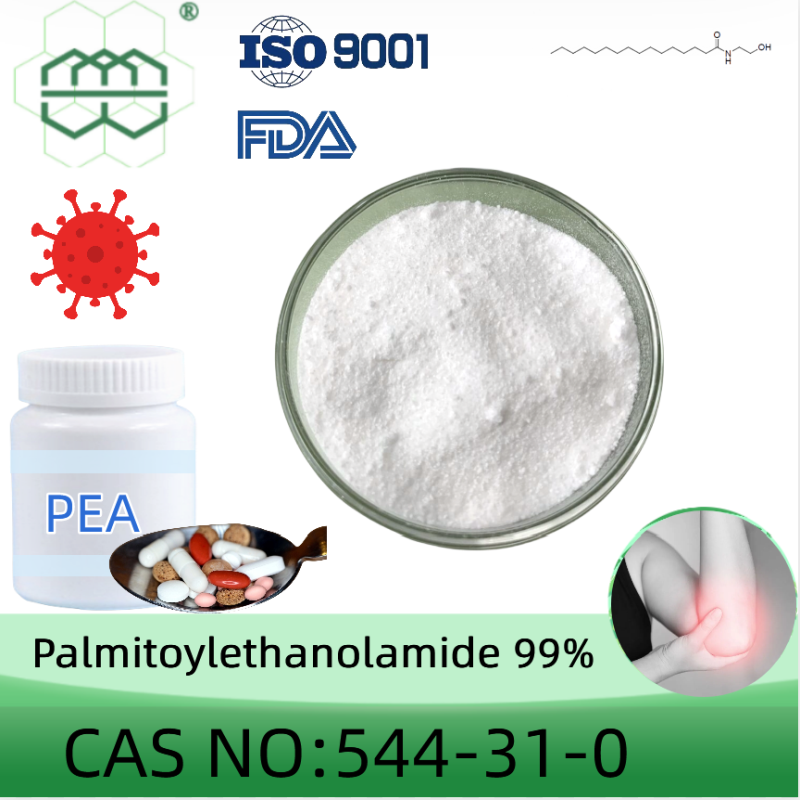-
Categories
-
Pharmaceutical Intermediates
-
Active Pharmaceutical Ingredients
-
Food Additives
- Industrial Coatings
- Agrochemicals
- Dyes and Pigments
- Surfactant
- Flavors and Fragrances
- Chemical Reagents
- Catalyst and Auxiliary
- Natural Products
- Inorganic Chemistry
-
Organic Chemistry
-
Biochemical Engineering
- Analytical Chemistry
-
Cosmetic Ingredient
- Water Treatment Chemical
-
Pharmaceutical Intermediates
Promotion
ECHEMI Mall
Wholesale
Weekly Price
Exhibition
News
-
Trade Service
Recently, the resource insect biology and feeding team of the Bee Research Institute of the Chinese Academy of Agricultural Sciences cooperated with King Saudi University of Saudi Arabia to preliminarily analyze the detailed process of phosphorylation in the pharyngeal gland, which provided a theoretical basis
for in-depth understanding of the developmental biology of the pharyngeal gland and the mechanism of high production of royal jelly.
The findings are published in the Journal of King Saud University
.
for in-depth understanding of the developmental biology of the pharyngeal gland and the mechanism of high production of royal jelly.
The findings are published in the Journal of King Saud University
.
As the most important food for queen bees, royal jelly is mainly produced from the swallowing glands of worker bees
.
At different ages of worker bees, the swallowing glands express genes and proteins
that are appropriate for their physiological age.
However, how the phosphorylation process regulates the process of pharyngeal gland development is unclear
.
In this study, the acinar vesicles of the swallowing glands were measured, and phosphate proteomics was
performed on the swallow glands of royal jelly producing bees (plasma bees) and Italian bees (Italian bees).
The study enriches phosphate peptides of the pharyngeal glands using Ti4+-IMAC reagents and then protein identification
by high-resolution mass spectrometry.
Five findings showed that the average acinar size of the laryngeal glands (56.
18 ± 1.
72 μm) was significantly greater than that of the lycous bees (45.
98 ± 1.
62 μm).
A total of 1576 phosphate peptides were identified in the plasma bee, of which 1800 phosphoric acid sites contained 525 phosphate proteins, while 746 phosphopeptides were identified in the wasp (of which 846 phosphoric acid sites corresponded to 317 phosphate proteins).
Of the two colonies' newly emerged bees, most of the proteins are phosphorylated on 1 residue, followed by 2 and 3 residues
.
In addition, of the two bee species, serine phosphorylation is the most pronounced, followed by threonine and tyrosine
.
Protein metabolism processes, glycolysis processes, and pre-translation-initiated formation are enriched only in plasma bees, while protein translation, peptide metabolism processes, and extensions are enriched
in wasps.
.
At different ages of worker bees, the swallowing glands express genes and proteins
that are appropriate for their physiological age.
However, how the phosphorylation process regulates the process of pharyngeal gland development is unclear
.
In this study, the acinar vesicles of the swallowing glands were measured, and phosphate proteomics was
performed on the swallow glands of royal jelly producing bees (plasma bees) and Italian bees (Italian bees).
The study enriches phosphate peptides of the pharyngeal glands using Ti4+-IMAC reagents and then protein identification
by high-resolution mass spectrometry.
Five findings showed that the average acinar size of the laryngeal glands (56.
18 ± 1.
72 μm) was significantly greater than that of the lycous bees (45.
98 ± 1.
62 μm).
A total of 1576 phosphate peptides were identified in the plasma bee, of which 1800 phosphoric acid sites contained 525 phosphate proteins, while 746 phosphopeptides were identified in the wasp (of which 846 phosphoric acid sites corresponded to 317 phosphate proteins).
Of the two colonies' newly emerged bees, most of the proteins are phosphorylated on 1 residue, followed by 2 and 3 residues
.
In addition, of the two bee species, serine phosphorylation is the most pronounced, followed by threonine and tyrosine
.
Protein metabolism processes, glycolysis processes, and pre-translation-initiated formation are enriched only in plasma bees, while protein translation, peptide metabolism processes, and extensions are enriched
in wasps.
This study reveals the detailed process of phosphorylation during the development of the pharyngeal glands and provides a research basis
for understanding the biological activity of the development of the swallow glands in the newly emerging bees in these two colonies.
for understanding the biological activity of the development of the swallow glands in the newly emerging bees in these two colonies.
The research is supported
by the Chinese Academy of Agricultural Sciences Science and Technology Innovation Project and the National Bee Industry Technology System.
by the Chinese Academy of Agricultural Sciences Science and Technology Innovation Project and the National Bee Industry Technology System.
Original link:
https://doi.
org/10.
1016/j.
jksus.
2022.
102206
org/10.
1016/j.
jksus.
2022.
102206







